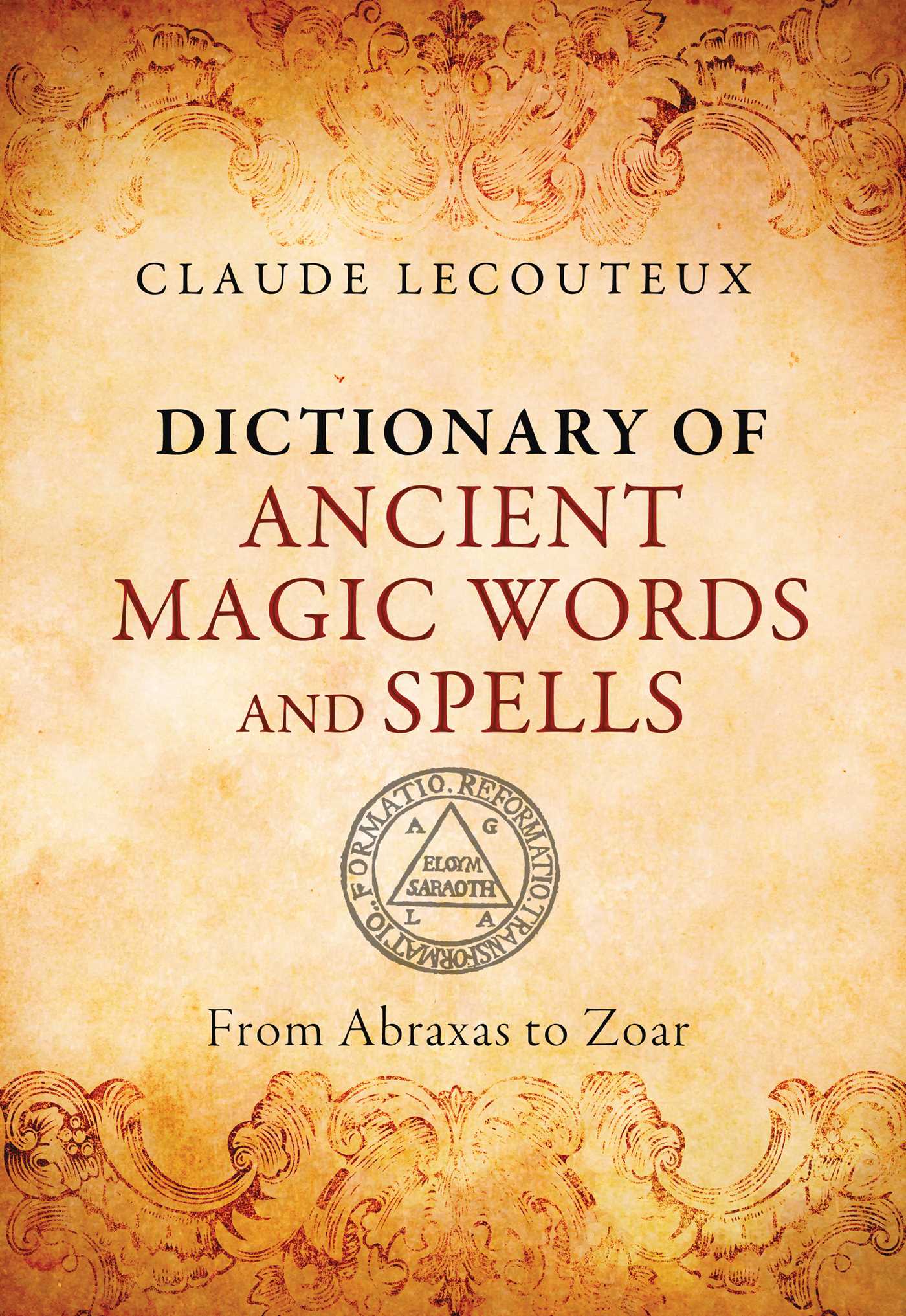
The ultimate celebration was the championship in which the best magicians were pitted against each other in a hard fought battle. In Conclusion of the Origins Of MagicĢ0th century magic has been all about specialisation and presentation wherein it has come to be associated with magicians being dressed in their signature black tail-coats, tall black hats and white gloves.Ĭontemporary magicians do not hesitate to perform in the streets but at the same time maintain their polish to enact in exclusive venues too.

Mention of 19th century magic would be incomplete without paying homage to Robert Houdini, who not only succeeded in reviving the art but also establishing it as a distinct entity.Ĭourtesy of his theatrical performances, he restored much of the lost glory and is credited with being a magnet that would attract people towards magical performances for many years to come. Named as ‘The Discovery of Witchcraft,’ this book is regarded as a milestone because it was the first attempt to bring to light the fact that there was nothing more to magic than mere entertainment, and that magicians were indeed mortal human beings. With persecution of magicians being the order of the day, credit goes to Reginald Scott to have authored a detailed book on magic wherein he has described each trick in terms of its manner of performance. So strong was the crackdown that anyone displaying even the slightest link with magic was executed for there could be no crime bigger or more sacrilegious than possession of magical powers.

This era is credited with the emergence of conjurers who specialised in building make-believe worlds to deceive people and after a point of time managed to chagrin the church to the point of bearing the brunt of its vengeance. Magic during the medieval era was all about witches and wizards who used their powers to alter the course of life from illness to good health and from misfortune to prosperity. Papyri and other written accounts traced back to this era narrate tricks that entail converting water into wine, a staff into a snake, or linking and unlinking links that was the speciality of the Chinese and using cups as props in Greek courts. While the main objective was to impress the sovereign power, at times the display of magical prowess was also aimed towards establishing superiority over rivals and arch enemies.

Magic was regarded as being synonymous with power during the epoch when ancient civilisations in Greece, Egypt and China flourished.Īlthough not the first to witness truly astonishing feats of magic, this (or Origins of Magic) era was definitely pioneering in the case of creating written records and preserving them for the forthcoming generations. It obviously meant a lot to them, otherwise why would they have depicted the tricks on the walls of their dwellings through the medium of paints or sharp stone implements? Existing at a time when dinosaurs and other mammoths roamed the land, cave dwellers during the time probably relied on magic to protect themselves.


 0 kommentar(er)
0 kommentar(er)
